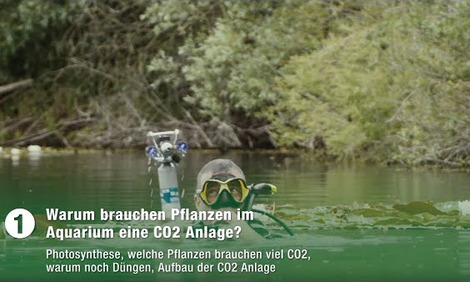A new video from JBL TV has been published on the subject of algae. Every aquarium enthusiast will come into contact with algae sooner or later. But that is not too bad and can be easily solved with a few simple steps and avoided in the long term.
When algae take over in the aquarium, there are always one or two causes. In this video, biologist Heiko Blessin explains very clearly and comprehensibly why algae grow at all and what we aquarium enthusiasts can do about it. The topic of algae in the aquarium has never been explained in a simpler and more understandable way!
Deutsche Version: https://youtu.be/hQXMpdwoefc (JBL TV #2: Warum wachsen Algen im Aquarium?)
English Version: https://youtu.be/lswNJGKcSWs (JBL TV #2: Why do algae grow in the aquarium?)
Version française: https://youtu.be/1kHaF3W6Ibw (JBL TV #2 : Pourquoi y a-t-il des algues qui poussent dans l’aquarium ?)
The following products are used in the video: JBL Algol (Use biocides safely. Always read the label and product information before use. Registered at the Federal Institute for Occupational Safety and Health under BAUA number N-19236) , JBL PROAQUATEST KH Carbonate hardness , JBL PROAQUATEST PO4 Phosphate Sensitive , JBL PROAQUATEST NO3 Nitrate , JBL PhosEX ultra and JBL Tropol .
You can find more information about algae control here: Algae control .
If you have any questions or comments about this topic or would like us to deal with a specific topic, please use the comment function in this post. We are looking forward to your input!
